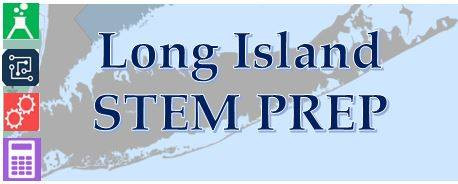
3 Important Ways Vaping Impacts Your Kid’s Health
So many kids are doing it–it’s important for you to understand the risks.
Get can’t-miss family activities sent to you!
Get the Best Kid-Friendly Activities
Sent to You Weekly!
The mouth is a major pathway to the digestive system as well as to the lungs. The salivary glands help sanitize liquids, solids and air taken in through the mouth. Mouth breathers are more prone to disease and well as tend to be oxygen-deprived.
The mouth is also home to about 600 known bacteria, most of which are helpful to digesting foods and preventing disease, but some are also pathogens. They exist in an ecology so that the pathogens don’t overgrow and infect tissues.
When an oral pathogen comes down the windpipe (or enters the blood stream) and no longer encounters the other bacteria that keep it in check, it overgrows–just like deer overpopulate woods when their natural predators are removed.
Oral pathogens thrive in aqueous solutions, including water vapor, so water vapor provides a great vehicle for pathogens to travel from the mouth to the lungs where they may not encounter other bacteria that have kept them in check. Disease is the result.
Because bacteria thrive in water, vaping is perhaps a better medium for bacteria to get into the lungs than smoke.
The Bottom Line About Vaping
The short story is that water vapor provides a vehicle for indigenous bacteria of the mouth (and exogenous bacteria inhaled) to travel to the lung, raising the risk of infection.
How big is the danger? We probably don’t know the full story as yet as research starts with animal studies and progresses to humans. Case studies of vaping individuals suggest the problem may be significant.





